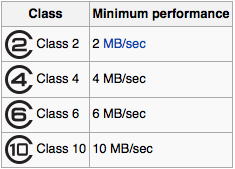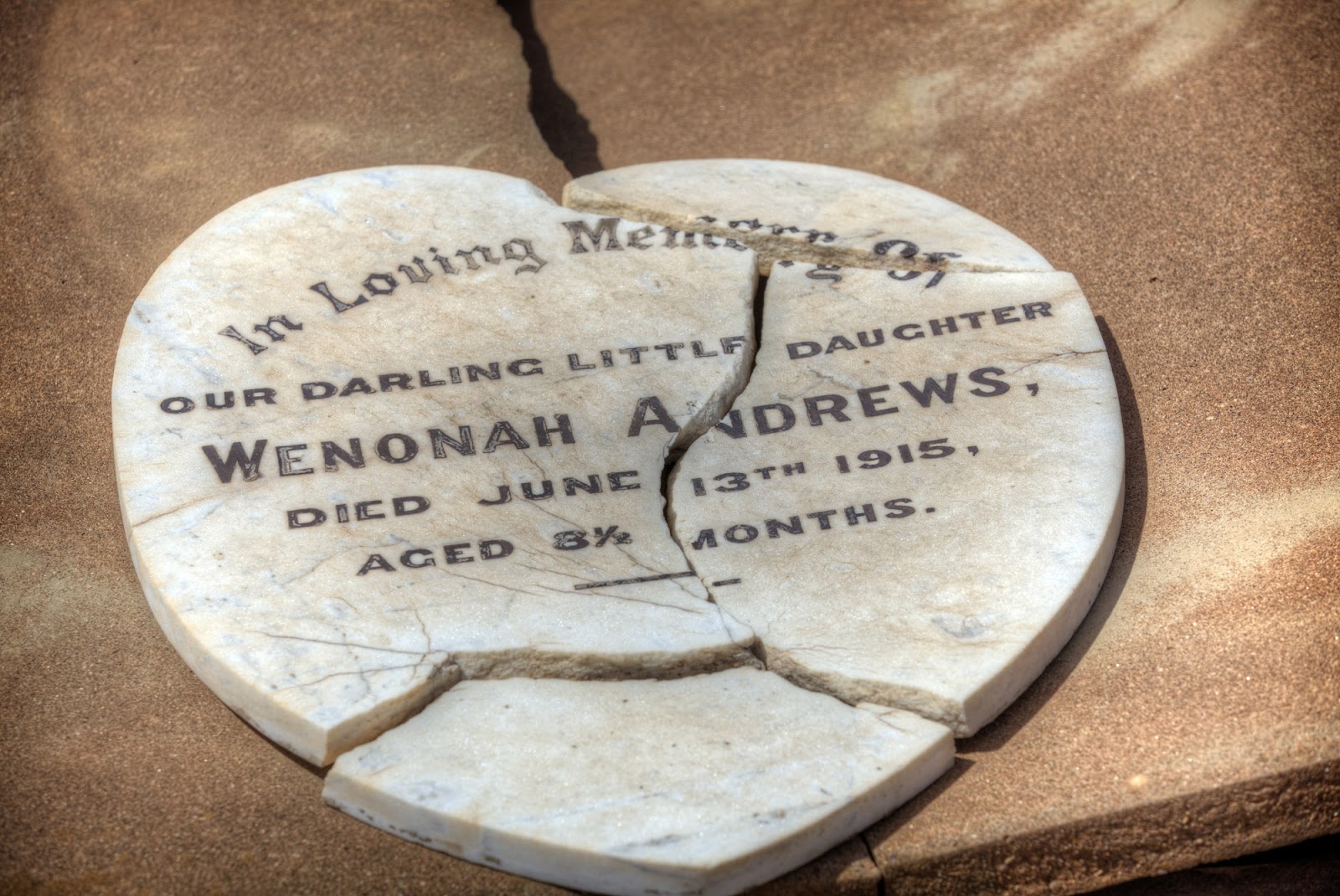Though I've never shot cars for a living, I have worked (briefly) with people who do and appreciate how hard it is to get the right look when trying to make the car appear the only thing you ever wanted to own or drive. Currently that trend includes trying to make the vehicle appear to be moving at speed through some exotic landscape that evokes the ideals of 'freedom', 'escape' and 'style'.
I have to smirk at that thought - years ago I recall a colleague in Sydney bought a new Suzuki jeep. At the time it was a very cool 4WD to have and was badged The Freedom Machine - the advertising of course implying you only had the open road ahead of you, and, once in possession of the vehicle, a partner and happiness were only a step away. After a few weeks of driving this new machine she confided that it wasn't quite the 'freedom' she'd envisaged. "The repayments soak up half my income and I always end up working overtime to keep up, so never get to drive other to work and back every day...". Such is life. Ever since then I've bought cheap, second-hand cars and travelled the open road as often a spossible...
On my recent road trip to Broken Hill I saw an opportunity to create my own version of that eternal advertising icon: the car shot.
The trick lies [mostly] in picking the right time of day, in this case, dusk, the right position (of the vehicle and camera) and ultimately for this look, the right lens. We parked on a slight rise with the sun setting behind the vehicle. I positioned myself at a very low angle 70metres off and shot with a 70-200mm lens. The image was made at full 200mm magnification with the EOS MkII, f2.8 @ 1/100s (an appropriate camera to shoot the VW EOS I thought..).
 |
| This is what the base file looked like after three different exposures were put together using Photomatix Pro |
 |
| I was quite pleased with the final result - in retrospect I could have fired a few speedlight bursts [wirelessly] into the wheel arches to give the underside a bit of a lift, but for a quick car shot, I think it worked OK. The very low shooting angle is especially useful in creating a different and strong compositional angle. This would NOT have worked if I'd simply stood in front of the vehicle and snapped at head height. Getting down low also removes a lot of annoying and completely unnecessary background clutter. |
 |
| Here's a close up of my other vehicle Ha! Actually this is from the Mad Max 2 museum in Silverton |
 |
| Now that's a donk! |


















































